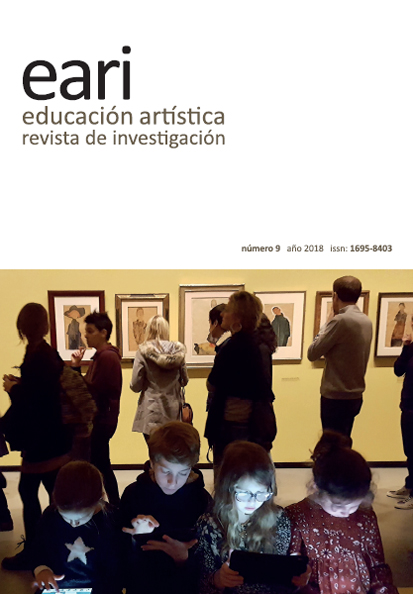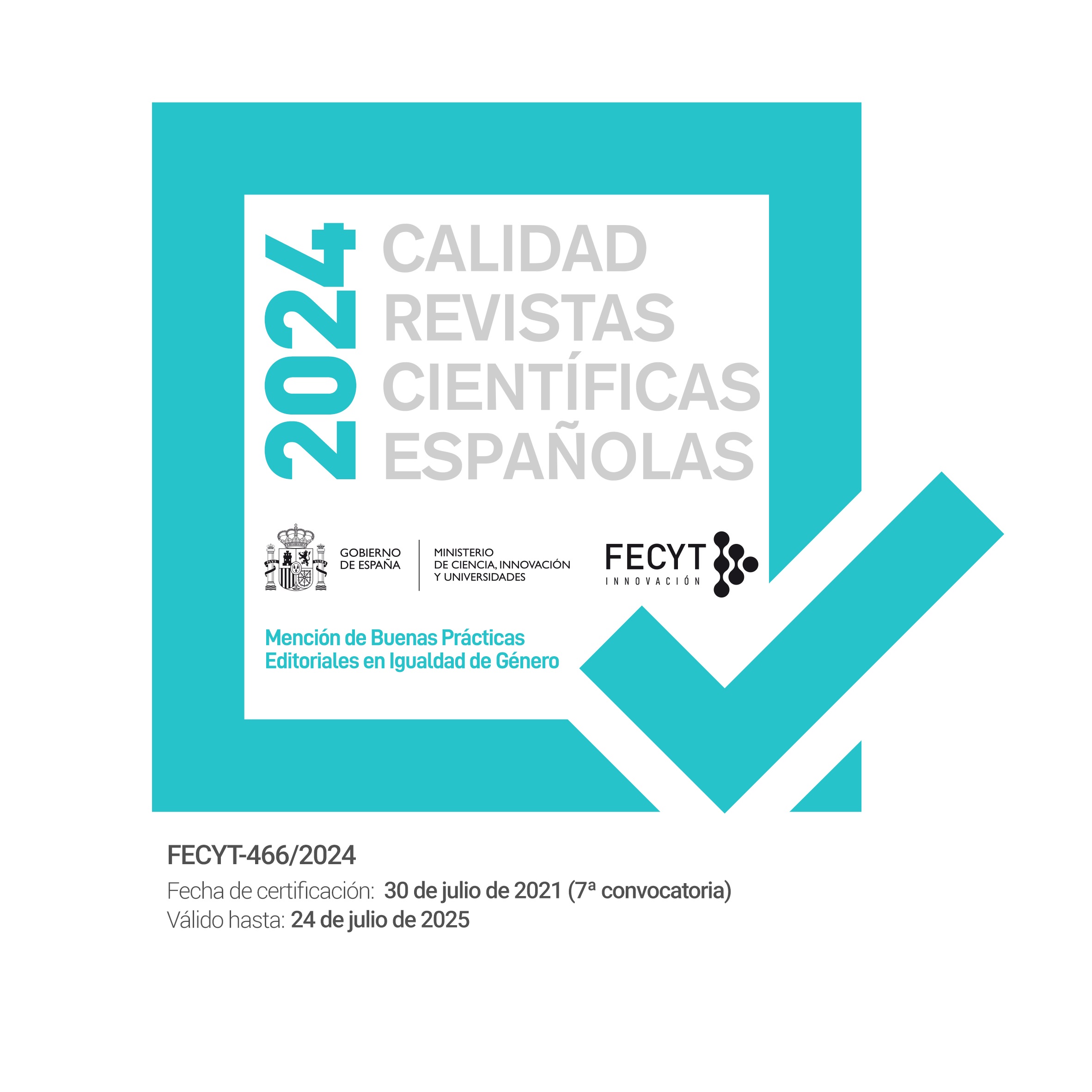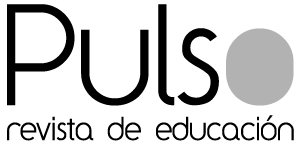Artistic education, social disregard and lack of expectations. Consequences of reproduction as a non-educational paradigm
DOI:
https://doi.org/10.7203/eari.9.12051Keywords:
Artistic Education, stereotype, expectations towards art, teacher training and initial evaluation Abstract
Abstract
This article seeks to reveal the real foundation underlying the social disregard of Artistic Education that, as lecturers in the Pedagogy of Artistic Expression at Malaga University, we see year after year among our students. Based on the analysis of conceptions and experiences that shape mental schema and, therefore, their own expectations towards art, the aim is to generate a real context of emancipation within this sphere.
This research examines the stereotyped conceptions and decontextualized practices that sustain and perpetuate the social vision of Artistic Education. Furthermore, by means of an initial evaluation, it looks at the starting notions and mental schema held by trainee teachers associated with the subject.
Data were gathered by means of an initial questionnaire administered over three academic years as part of the subject Education in the Plastic and Visual Arts taught on the Primary Education Teaching Degree at Malaga University, which gauges the expectations and educational baggage that students bring to the subject. Subsequent analysis uncovers decisive results regarding which processes sustain and perpetuate the social disregard in which Artistic Education is held.
 Downloads
Downloads
 References
References
Acaso, M. (2006). Esto no son las torres gemelas. Cómo aprender a leer la televisión y otras imágenes. Madrid: Los libros de la Catarata.
Acaso, M. (2009). La educación artística no son manualidades. Nuevas prácticas en la enseñanza de las artes y la cultura visual. Madrid: Los libros de la Catarata.
Acaso, M. (2012). Pedagogías invisibles. El espacio del aula como discurso. Madrid: Catarata.
Acaso, M. y Megías, C. (2017). Art Thinking. Cómo el arte puede transformar la educación. Barcelona: Paidós Educación.
Agirre, I. (2005). Teorías y Prácticas en Educación Artística. Barcelona: Ediciones OCTAEDRO/EUB-Universidad Pública de Navarra.
Álvarez, D. (2005). Educación Artística “on line”: la investigación del aprendizaje artístico basado en la web. En R. Marín (Ed.), Investigación en Educación Artística (pp. 325-372). Universidad de Granada y Universidad de Sevilla.
Amérigo, M. (1993). Metodología de cuestionarios: principios y actuaciones. Boletín de la ANABAD, 43 (3-4), 263-272.
Arañó, J.C. (2005). Estructura del conocimiento artístico. Investigación en Educación Artística (pp. 19-42). Universidad de Granada y Universidad de Sevilla.
Bamford, A. (2009). El factor ¡wuau! El papel de las artes en la educación. Barcelona: Ediciones Octaedro, S.L.
Barragán, J.M. (2005). Educación Artística, perspectivas críticas y práctica educativa. En R. Marín (Ed.), Investigación en Educación Artística (pp. 43-79). Universidad de Granada y Universidad de Sevilla.
Belinche, D. y Ciafardo, M. (2006). Los estereotipos en el arte. Un problema de la educación artística. Los artistas son de Piscis. La Puerta FBA, Nº3, pp. 27-38.
Bernárdez, A. (2015). Mujeres en medio(s). Propuesta para analizar la comunicación masiva con perspectiva de género. Madrid: Editorial Fundamentos.
Cisterna, F. (2005). Categorización y triangulación como procesos de validación del conocimiento en investigación cualitativa. Theoria, 14(1), 61-71.
Danto, A. (1999). Después del fin del arte. El arte contemporáneo y el linde de la historia. Barcelona: Paidós.
Dewey, J. (2008). El arte como experiencia. Barcelona: Paidós Ibérica.
Eco, U. (2002). La definición del arte. Barcelona: Ediciones Destino.
Fontal, O., Marín, S. y García, S. (2015). Educación de las Artes Visuales y Plásticas en Educación Primaria. Madrid: Ediciones Paraninfo.
Freedman, K. (2006). Enseñar la cultura visual. Currículum, estética y vida social del arte. Barcelona: Octaedro.
Gimeno, J. (1988). El currículum: una reflexión sobre la práctica. Madrid. Morata.
Gómez del Águila y Vaquero (2014). Educación Artística y experiencia importada: Cuando la construcción de significados recae en lo anecdótico. Arte, Individuo y Sociedad, 26(3), 387-400.
Gutiérrez, R. (2012). Reflexiones en torno a la planificación y el desarrollo del currículum artístico. Ponencia presentada al IV Congreso Internacional de Educación Artística y Visual. Aportaciones desde la periferia. Jaén, 19-21 de abril.
Hernández, F. (2007). Espigador@s de la cultura visual. Otra narrativa para la educación de las artes visuales. Barcelona: Octaedro.
Huerta, R. (2005). Lindes creativos en educación artística y medios de comunicación. En R. Marín (Ed.), Investigación en Educación Artística (pp. 421-448). Universidad de Granada y Universidad de Sevilla.
Martínez, L.M. y Gutiérrez, R. (2002). Las artes plásticas y su función en la escuela. Málaga: Aljibe
Ordine, N. (2013). La utilidad de lo inútil. Manifiesto. Barcelona: Acantilado.
Selva, M. y Solà, A. El imaginario. Invención y Convención. En E. Ardèvol y N. Muntanyola (coords.). (2004). Representación y cultura audiovisual en la sociedad contemporánea. Barcelona: UOC. 129-174.
Zafra, R. (2010). Un cuarto propio conectado. (Ciber) espacio y (auto) gestión del yo. Madrid: Fórcola ediciones.
Downloads
Published
How to Cite
-
Abstract4811
-
PDF (Español)1657
Issue
Section
License
![]()
Educación artística: revista de investigación (EARI) retains the proprietary rights (copyright) of published works, and favors and allows the reuse of the same under the license Creative Commons Attribution-Noncommercial Use 4.0 International License (CC-BY-NC 4.0), which allows third parties to use the published material whenever the authorship of the work and the source of publication is mentioned (journal, publisher and URL of the work), and it is used for non-commercial purposes.
Authors are encouraged to disseminate their work after it has been published, through the internet (for example, in institutional archives online or on its website) which can generate interesting exchanges and increase work appointments.








